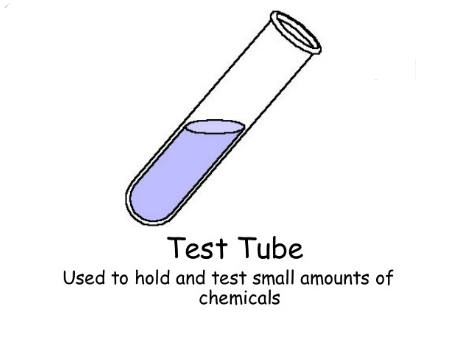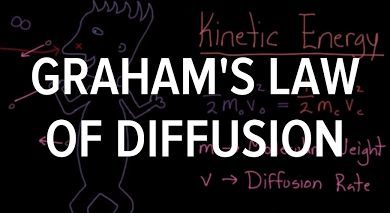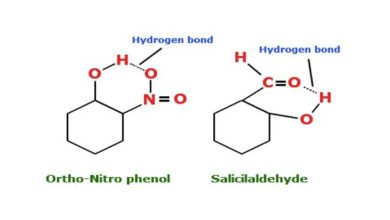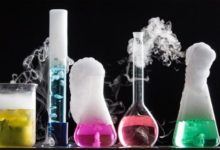Test Tube Function & Uses
What is a Test Tube?
A test tube is a common piece of laboratory equipment. it is also known as ” sample tube or cultural tube”. A Test tube consists of a finger-length cylindrical-shaped glass tube or a special type of plastic having a U-shaped bottom and an open-top end. the major test tube function and uses in laboratories to mix, hole, or heat solid and liquid chemicals. the Glass or special plastic tube made it possible to be nonreactive with the liquid so that they may not react with liquid samples or ruin the experiment completely.

Tube Test Tube Function and Uses
as a chemistry student, you have seen test tubes many times but maybe do not know why we use them.
as we have discussed above, the test tube is made up of glass or plastic. they are used for holding a small number of liquids for heating and mixing etc., in the sciences and in scientific laboratories. the most common size found in the range between 50 to 250mm in length and 13 to 20 mm in width.
test tubes are widely used nowadays for chemical reactions, heating of solutions, and for growing organisms like test-tube babies.
Handling Liquid Samples in Laboratories
We ask you a question. Would you like to burn your hands with acid? Of course, your answer is no. Similarly, there are many dangerous bacteria and viruses in the laboratory that can touch your body and harm you, and if you are not careful, many experiments can happen to your body. So how do scientists ensure their safety when doing all these experiments and testing different species?
So these people wear masks on their faces, wear gloves on their hands, and take many other precautions to ensure the safety of all parts of their bodies. Test tubes are used in all of these items to handle hazardous materials with caution.
Types of Glass for Laboratory Glassware
Many types of glass are used to make laboratory products that have their own characteristics. And these types are used in different places. The first type of glass is borosilicate glass which is very transparent and can withstand a lot of pressure. Quartz glass can withstand very high temperatures. Many parts of quartz glass are also used in the electromagnetic spectrum for bearing high temperatures.
in a similar manner, actinic glass can bear or resist infrared as well as ultraviolet radiation. another type is Heavy-wall glass which can absorb lots of pressure and is used for pressurized applications.
Some Examples of Glassware in the Laboratory
here are some examples of Glassware used in the laboratory for different purposes. some are used for liquid containers while others are used for measuring and glassware includes:
- Beakers: They are Cylindrical containers having a flat bottoms. they have a small spout to pour liquids.
- Microscope slides: microscope slides are thin flat pieces of glass and available in different sizes like a pack of 72 pieces by 26 mm (3 by 1 inch)
- Flasks: flasks are vessels or containers used for different purposes.
- Petri dishes: A Petri dish or cell-culture dish is a shallow transparent lidded dish that often biologists use to culture cells, such as bacteria, and fungi.
- Bottles: Bottles are narrow-necked containers commonly used in laboratories made with made of impermeable material found in various shapes and sizes. they are used to store and transport liquids like ink, water, beer, milk, wine, etc.
- Evaporating dish: the evaporating dish is used for the supernatant liquids and evaporation of solutions.
- Jars: A jar is a rigid and cylindrical or conical container made of ceramic, glass, or plastic having a wide mouth or opening.
- Desiccators: Desiccators are sealable enclosures used for desiccators to protect chemicals or preserve moisture-sensitive items like cobalt chloride paper.
- Test tubes: A test tube is a finger-like length of glass open at the top and closed at the bottom.
- Drying pistols: drying pistol is used to free samples from traces of water or any other volatile impurities.
- Stirring rods: stirring rods are used to mix chemicals and are made of solid glass.
- Glass retorts: Glass Retorts are used for the distillation of different substances made of a glass and metal bulb having a long, curved spout.
- Condensers: condensers are devices used to condense a gaseous substance into a liquid state through the cooling process.
- Graduated cylinders: graduated cylinders are used to measure the volume of a liquid.
- Glass Ebulliometers: ebulliometer is designed to measure accurately the boiling point of liquids by measuring the temperature.
- Volumetric flasks: A volumetric flask is calibrated to contain a precise amount of volume at a certain temperature.
- pipettes: pipettes are used in both biology and chemistry laboratories and also in medicine to transport a liquid.
- Burettes: burettes are used in analytical chemistry for the accurate dispensing of a liquid, especially of one of the reagents in a titration
Watch the Video About Test Tube Function Uses and Examples
You May Also Like:



